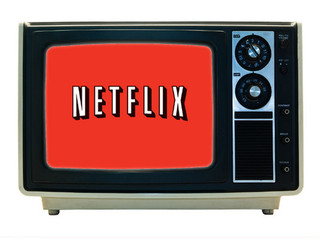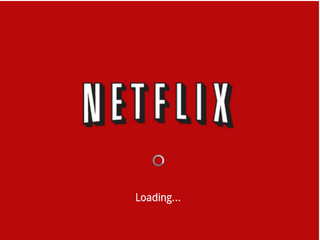
Google taking ISPs to task over lame streaming quality
Google's Video Quality Report shows users which ISPs offer the best streaming quality

Google is joining Netflix in holding Internet service providers accountable for their crappy streaming quality. After launching its Video Quality Report in Canada earlier this year to help customers determine which ISPs offer the best streaming speeds for YouTube, now the company’s bringing the report stateside.
The report ranks ISPs like Comcast and Verizon according to their streaming quality. Those ISPs falling under the “HD Verified” category are those that offer streaming at a minimum resolution of 720p with quick load times, or anything above 2.5 Mbps, while those that offer 360p streaming are categorized under “Standard Definition.” Oddly enough, there are ISPs that can’t even do that much. Those ISPs fall under the “Lower Definition” category, which means customers experience slow load times and interruptions to buffer.
The ratings represent the way each ISP performs 90% of the time, and the data is based on “billions of YouTube videos watched across thousands of ISPs,” instead of a small sample of users. But the report also includes data based on geography and time of use.
For example, San Francisco residents who subscribe to Comcast are likely to get decent HD quality streaming most of the time, but will likely see that quality slip into standard definition once the network reaches a certain peak load between six and eleven pm.
Generally speaking, though, Comcast, Verizon, Astround Broadband, and others offer HD quality streaming most of the time. AT&T U-Verse and AT&T’s other Internet offerings fall squarely into the standard definition category. Netflix said as much recently:
“The surprising news is that AT&T fiber-based U-verse has lower performance than many DSL ISPs, such as Frontier, CenturyLink & Windstream,” Hastings wrote in a blog post. “The 249 customer comments on AT&T’s anti-Netflix blog post indicate that AT&T customers expect a good quality Netflix experience given how much they pay AT&T for their Internet service. It is free and easy for AT&T to interconnect directly with Netflix and quickly improve their customers’ experience, should AT&T so desire.”
Last month, Netflix all but accused Comcast of outright extortion, insisting that the cable/Internet giant has “allowed its links to Internet transit providers…to clog up” in order to force Netflix to pay for access to its subscribers. And indeed, there's evidence that Comcast, AT&T, and a few others have purposely let their tubes get clogged up in order to force Netflix and other big media companies (because video drives 50% of Internet traffic) to pay up.
Comcast, for its part, claims that Netflix is a huge consumer of bandwidth, accounting for 30% at peak times. Netflix has countered, however, that if it’s asked to pay for better performance, it should also share in the traffic revenue that it generates for Comcast.
Related News


Reed Hastings just as irritated with Comcast as you are

